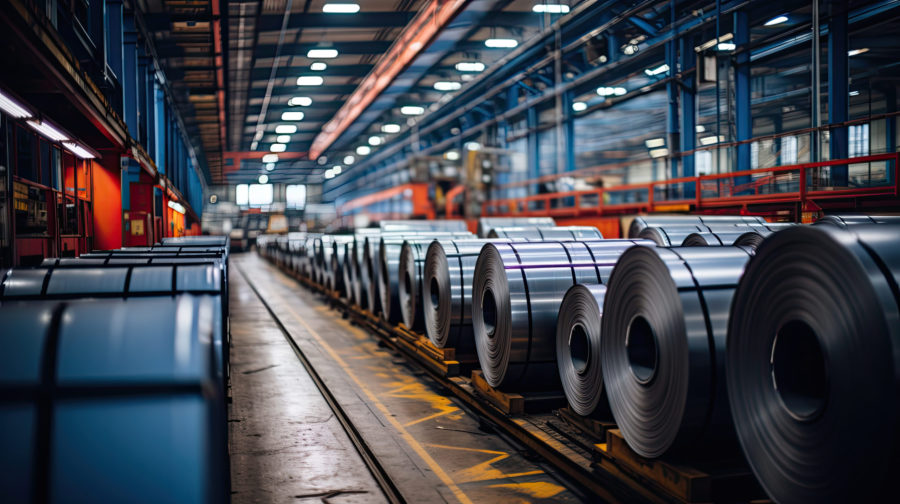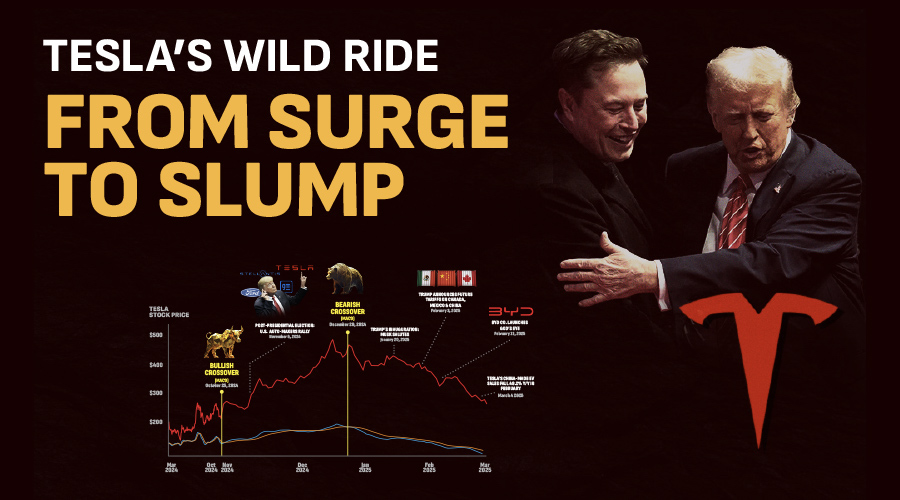Clueless in Davos
Making their annual pilgrimage to the exclusive Swiss ski sanctuary of Davos last week, the world’s political and financial elite once again gathered without having had the slightest idea of what was going on in the outside world. It appears that few of the attendees, if any, had any advance warning that 2016 would dawn with a global financial meltdown. The Dow Jones Industrials posted the worst 10 day start to a calendar year ever, and as of the market close of January 25, the Index is down almost 9% year-to-date, putting it squarely on track for the worst January ever. But now that the trouble that few of the international power posse had foreseen has descended, the ideas on how to deal with the crisis were harder to find in Davos than an $8.99 all-you-can-eat lunch buffet, with a free cocktail.
The dominant theme at last year’s Davos conference, in fact the widely held belief up to just a few weeks ago, was that thanks to the strength of the American economy the world would finally shed the lingering effects of the 2008 financial crisis. Instead, it looks like we are heading straight back into a recession. While most economists have been fixated on the supposed strength of the U.S. labor market (evidenced by the low headline unemployment rate), the real symptoms of gathering recession are easy to see: plunging stock prices and decreased corporate revenues, bond defaults in the energy sector and widening spreads across the credit spectrum, rising business inventories, steep falls in industrial production, tepid consumer spending, a deep freeze of business investments and, of course, panic in China. The bigger question is why this is all happening now and what should be done to stop it.
As for the cause of the turmoil, fingers are solidly pointing at China and its slowing economy (with very little explanation as to why the world’s second largest economy has just now come off the rails). And since everyone knows that Beijing’s policymakers do not take advice from the Western financial establishment, the only solutions that the Davos elite can suggest is more stimulus from those central banks that do listen.
Interviewed on an investment panel in Davos, American multi-billionaire and hedge fund manager, Ray Dalio, perhaps spoke for the elite masses when he said, “…every country in the world needs an easier monetary policy.” In other words, despite years (decades in Japan) of monetary stimulus, in the form of low, zero, and, in some cases, negative interest rates, and trillions of dollars in purchases of assets through Quantitative Easing (QE) programs, what the world really needs is more of the same. Lots more. Despite the fact that no country that has pursued these policies has yet achieved a successful outcome (in the form of sustainable growth and a subsequent return to “normal” monetary policy), it is taken as gospel truth that these remedies must be administered, in ever-greater dosages, until the patient improves. No one of any importance in Davos, or elsewhere for that matter, seems willing to question the efficacy of the policies themselves. And since the U.S. Federal Reserve is the only central bank officially considering policy tightening at present, Dalio’s comments should be seen as squarely addressing the Fed. But apparently they were not.
While economists are calling for central banks in Brussels, Beijing, and Tokyo to pull out more of the monetary stops, few have called for the Federal Reserve in Washington to do the same. Most on Wall Street are, publicly at least, supporting rate increases from the Fed, albeit at a slower pace than what was envisioned just a few months, or even weeks, ago. As many economists were very public in excoriating the Fed for moving too slowly in 2015, perhaps they are unwilling to admit that their confidence was misplaced. Many also may realize the colossal embarrassment that would await Fed policymakers if they were to reverse policy so quickly. To have waited nearly 10 years to raise interest rates in the U.S., only to cut rates less than three months later would be to admit that the Fed was both clueless AND ineffective. This could cause an even greater panic as investors became aware that there is no one flying the plane.
But perhaps the main reason other central bankers are reluctant to urge the Fed to ease is that the United States is supposedly the poster boy that proves quantitative easing actually works. After all, the rest of the world is being told to emulate the successes that were achieved in the U.S. Ben Bernanke had the courage to act while European central bankers were too timid, and the result was not only full employment and a recovery strong enough to withstand higher rates in the U.S., but a best-selling book and magazine covers for Bernanke. The world’s central bankers are not quite ready to consign Bernanke’s book to the fiction section where it rightfully belongs, as it would call into question their own commitment to following a failed policy.
But some doubt is starting to creep in publicly. An underlying headline in a January 25 story in the Wall Street Journal finally said what most mainstream pundits have refused to say: “Fed is a key reason markets have plunged and risk of recession is rising.” But even in that article, which analyzes why six years of zero percent interest rates created bubble-like conditions that were vulnerable to even the small pin that a 25-basis point increase would provide, the Journal was reluctant to say that the Fed should begin to ease policy. At most, they seemed to urge the Fed to call off any future increases until the market could adjust and digest what has already happened.
However, George Soros, another legendary hedge fund billionaire (with a well-known political agenda), is dipping his toes in that controversial pool, by nearly telling the Fed that the time had come to face the music and eat some humble pie. In an interview with Bloomberg Television’s Francine Lacqua on January 17, Soros claimed that the Fed’s decision to raise rates in December was “a mistake” and that he “would be surprised” if the Fed were to compound the mistake by raising rates again. (Officially the Fed has forecast that it is likely to boost rates four times in 2016). When pressed on whether the Fed would actually do an about-face and cut rates, Soros would simply say that “mistakes need to be corrected and it [a Fed reversal] could happen.” Look for many more investors to join the crowd and call for a reversal, regardless of the loss of credibility it would cause Janet Yellen and her crew.
But when I publicly made similar statements months ago, saying that if the Fed were to raise rates, even by a quarter point, the increase would be sufficient to burst the stock bubble and tip the economy into recession, my opinions were considered completely unhinged. My suggestion that the Fed would have to later reverse policy and cut rates, after having raised them, was looked at as even more outrageous, akin to predicting that the U.S. would be invaded by Canada. Now those pronouncements are creeping into the mainstream.
I was able to see through to this scenario not because I have access to some data that others don’t, but because I understood that stimulus in the form of zero percent interest rates and quantitative easing is not a means to jump start an economy and restore health, but a one-way cul-de-sac of addiction and dependency that pushes up asset prices and creates a zombie economy that can’t survive without a continued stimulus. In the end, stimulus does not create actual growth, but merely the illusion of it.
This is consistent with what is happening in the global economy. China is in crisis because commodities and oil, which are priced in dollars, have sold off in anticipation of a surging dollar that would result from higher rates. The financial engineering that has been made possible by zero percent interest rates is no longer available to paper over weak corporate results in the U.S. Our economy is addicted to QE and zero rates, and without those supports, I feel strongly we will spiral back into recession. This is the reality that the mainstream tried mightily to ignore the past several years. But the chickens are coming home to roost, and they have a great many eggs to lay.
Investors should take heed. The bust in commodities should only last as long as the Fed pretends that it is on course to continue raising rates. When it finally admits the truth, after its hand is forced by continued market and economic turmoil, look for the dollar to sell off steeply and commodities and foreign currencies to finally move back up after years of declines. The reality is fairly easy to see, and you don’t need an invitation to Davos to figure it out.
Read the original article at Euro Pacific Capital
Best Selling author Peter Schiff is the CEO and Chief Global Strategist of Euro Pacific Capital. His podcasts are available on The Peter Schiff Channel on Youtube
Catch Peter’s latest thoughts on the U.S. and International markets in the Euro Pacific Capital Summer 2015 Global Investor Newsletter!
More News
Canada initiates WTO dispute complaint on US steel, aluminum duties
The move follows a separate request on March 5 for consultations with the US after Trump's new 25% tariffs on imports from Canada and Mexico took effect,
March 13, 2025 | 02:02 pm
Infographic: Tesla’s wild ride from surge to slump
Elon Musk’s political influence once boosted Tesla’s stock—but is it now weighing it down?
March 13, 2025 | 09:45 am
{{ commodity.name }}
{{ post.title }}
{{ post.excerpt }}
{{ post.date }}



Comments